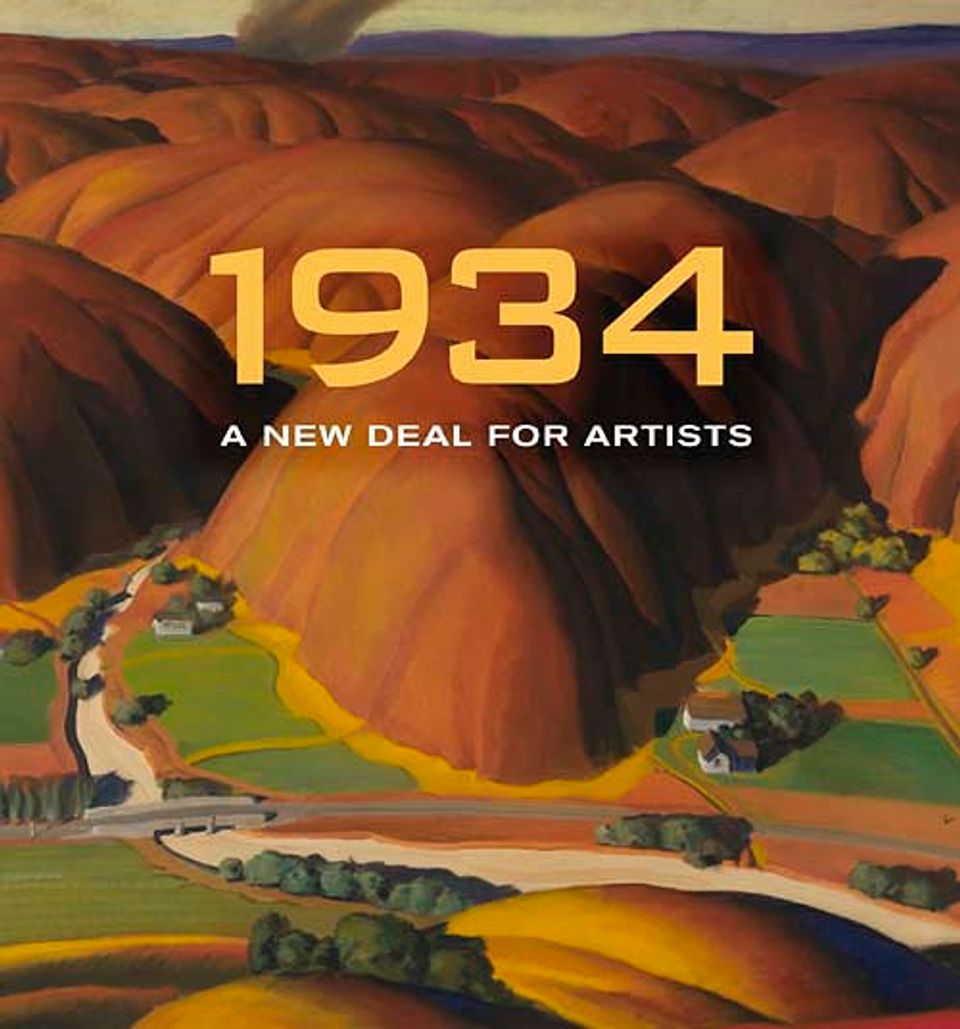Artwork Details
- Title
- Paper Workers
- Artist
- Date
- 1934
- Location
- Not on view
- Dimensions
- 36 1⁄8 x 48 1⁄4 in. (91.7 x 122.4 cm.)
- Credit Line
- Transfer from the U.S. Department of Labor
- Mediums
- Mediums Description
- oil on canvas
- Classifications
- Subjects
- Figure group
- Architecture — machine
- Architecture — industry — factory
- Occupation — industry — manufacturing
- New Deal — Public Works of Art Project — New York State
- Object Number
- 1964.1.152
Artwork Description
Crockwell noted that in this scene dominated by mighty iron machinery he took "some liberties with the human form" because "the whole composition of the picture requires hard structural forms." By showing the workers as blocky figures that appear to be roughly carved out of wood, the artist visually likened the men to the source of the wood pulp from which they made newsprint. The workers appear powerfully identified with their work. The question "what do you do for a living?" became a poignant one during this time when so many had no answer. Crockwell, a busy illustrator for much of his life, recalled that when "the depression arrived . . . there wasn’t much work."
1934: A New Deal for Artists exhibition label
Douglass Crockwell made a massive machine the focus of this image, operated by three workers. The geometric forms and dull gray colors of the men make them appear like components in the machine, and their concentration emphasizes the determination of many Americans to overcome hardships during the Depression. The suited figure on the left, however, represents the new managerial class, who controlled the men as well as the machines. His presence emphasizes the threat to hourly workers in the 1930s, as machinery grew more sophisticated and required supervisors rather than laborers.















